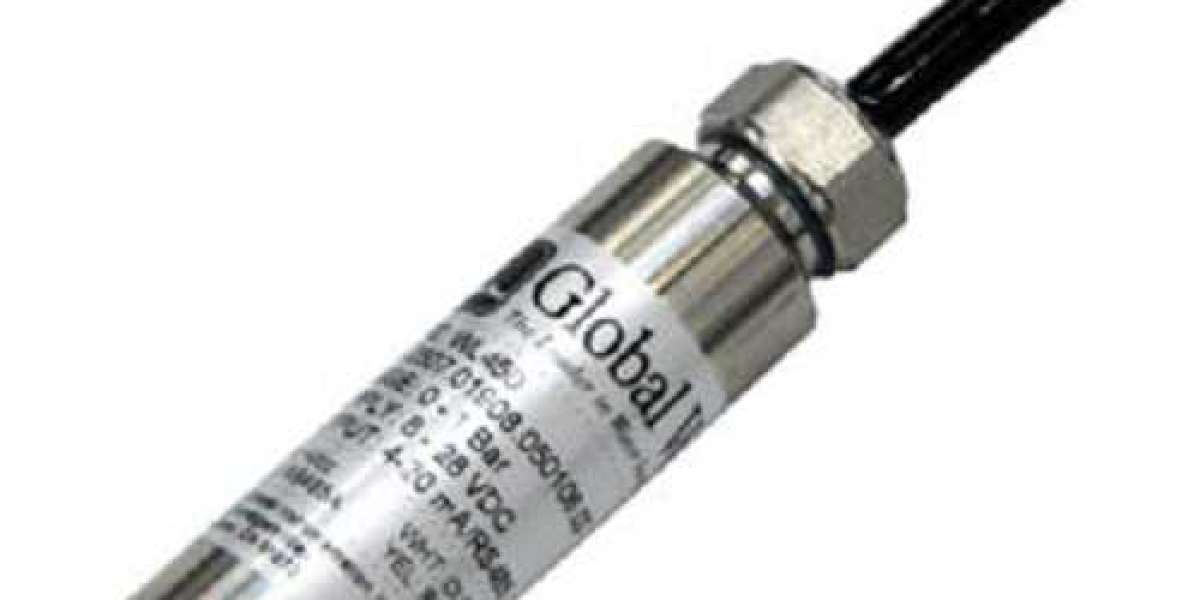Water level measurement is a critical task in many industries, including water treatment, agriculture, and environmental monitoring. Accurate measurement of water levels is essential to ensure the efficient and safe operation of equipment and to manage water resources effectively. One of the most common tools used for this purpose is a water level transmitter.
A water level transmitter is a device that measures the depth or height of water in a tank, well, or other water storage structure. The device typically consists of a sensor, a transmitter, and a receiver. The sensor is placed at the bottom of the water tank or well and measures the water level. The transmitter converts the sensor's output into an electrical signal and sends it to the receiver, which displays the water level reading.
There are several types of water level transmitters, including float, submersible, and ultrasonic transmitters. Float transmitters use a buoyant object, such as a ball or cylinder, to detect the water level. Submersible transmitters are placed directly in the water and use pressure sensors to measure the water level. Ultrasonic transmitters use sound waves to measure the distance between the water surface and the sensor.
Each type of water level transmitter has its advantages and disadvantages. Float transmitters are easy to install and require little maintenance, but they can be affected by waves or turbulence in the water. Submersible transmitters are accurate and can withstand harsh environments, but they can be expensive and require regular calibration. Ultrasonic transmitters are non-contact and can measure water levels in large tanks or reservoirs, but they can be affected by temperature and humidity.
Water level transmitters are essential tools for a variety of applications, including water treatment plants, irrigation systems, and environmental monitoring. In water treatment plants, water level transmitters are used to monitor the water level in tanks and ensure that the correct amount of chemicals is added to the water. In irrigation systems, water level transmitters are used to monitor the water level in wells and ensure that crops are irrigated properly. In environmental monitoring, water level transmitters are used to monitor the water level in rivers, lakes, and other bodies of water to ensure that they do not reach dangerous levels.
In conclusion, water level transmitters are essential tools for accurate water level measurement. They provide reliable and accurate readings that are crucial for the efficient and safe operation of equipment and the management of water resources. The choice of water level transmitter depends on the specific application and the environmental conditions in which it will be used. By selecting the appropriate water level transmitter and properly maintaining it, water level measurements can be obtained with high accuracy and reliability.








